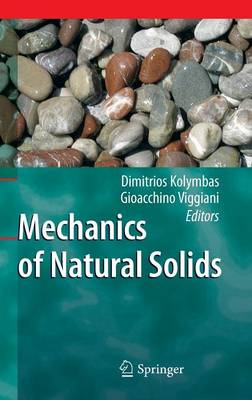The ?eld of geosciences is full of scienti?c fascination and questions that are crucial for humanity. Our ?uid environment (the atmosphere, oceans, rivers, etc. ) is responsible for climate, hurricanes, ?oods and other phen- ena characterised by rapid changes. These have to be contrasted with the permanence of our solid underground made of soil, rock, ice and snow. H- ever, this permanence is only apparent as shown for example by earthquakes and landslides, but also by a number of other processes of deformation. Such processes are nowadays of high importance whenever we look to the future (think for example of disposal of radioactive waste or carbon dioxide) or to the past (prospectionof oil,gasand ore). But also shortrangeextrapolations are important if we look e. g. at the prediction and mitigation of landslides or the foundation of oil and gas production plants o?shore or on glaciers.
Geosciences are pronouncedly multidisciplinary as they comprise perhaps the most widespread collection of disciplines, such as geology, geophysics, physics, geochemistry, geography, geotechnical and geoenvironmental en- neering, Unfor petroleum engineering, soil mechanics and rock mechanics- tunately, often these disciplines operate rather independent of each other andthe increasing quest for transdisciplinary exchange is inhibited by the di?erentlanguages and views prevailing in the various disciplines. It appears thus that mechanics could o?er a substantial link across d- ciplines, at least with respect to geotechnical engineering and geology.
- ISBN13 9783642035777
- Publish Date 13 August 2009 (first published 1 January 2009)
- Publish Status Active
- Publish Country DE
- Publisher Springer-Verlag Berlin and Heidelberg GmbH & Co. KG
- Imprint Springer-Verlag Berlin and Heidelberg GmbH & Co. K
- Edition 2009 ed.
- Format Hardcover
- Pages 296
- Language English
